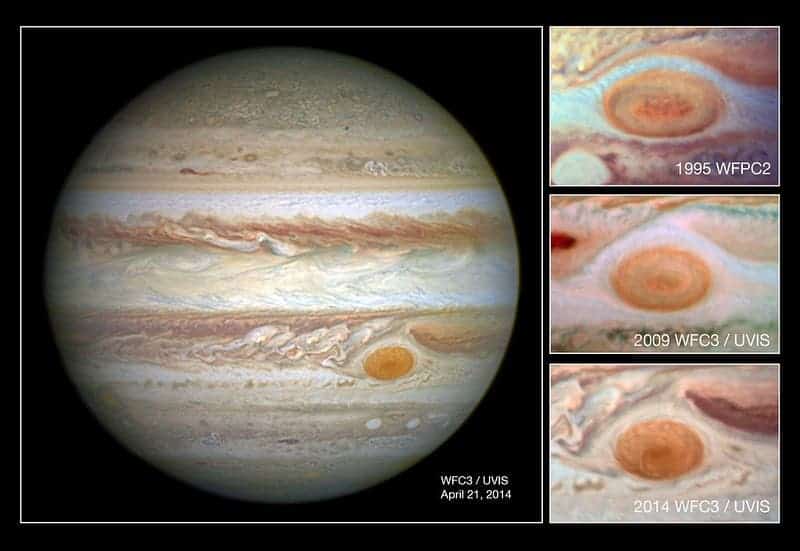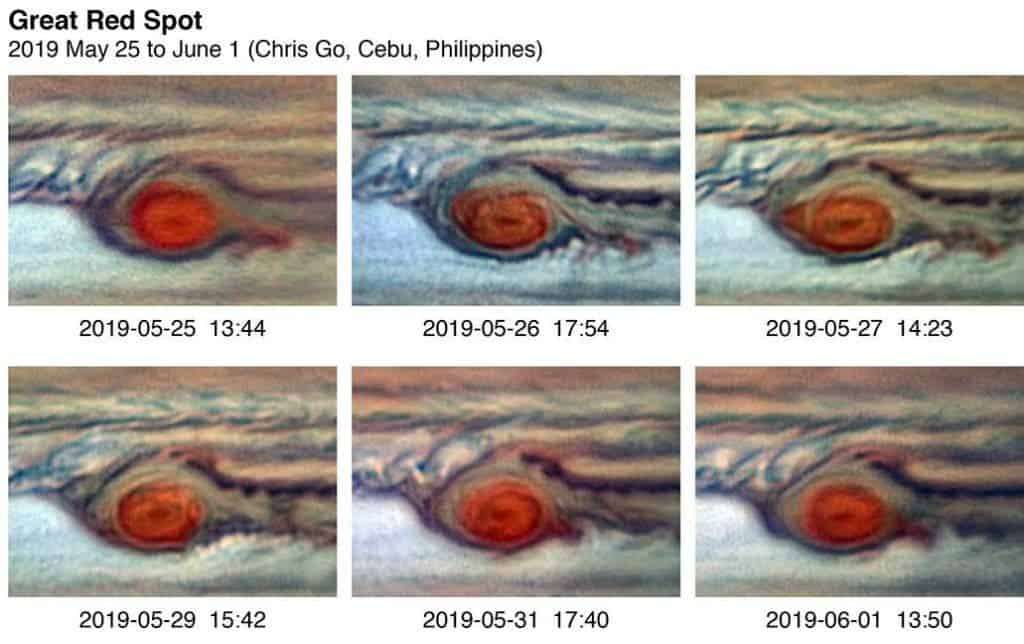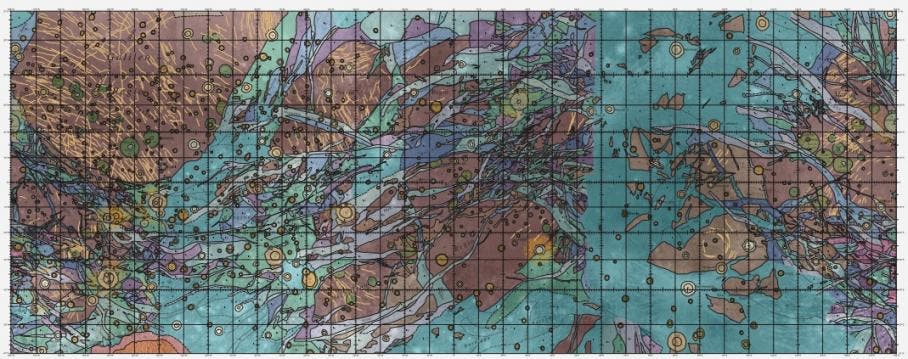The shrinking of the clouds that make up Great Red Spot on Jupiter has been well documented with photographic evidence from the last decade — but there’s no reason to believe it has drastically change its size or intensity, researchers say.

Jupiter’s famous Red Spot is one of the most noticeable features inside our solar system. It’s a high-pressure region within Jupiter’s atmosphere, essentially a massive hurricane swirling wildly over Jupiter’s skies for 150 years — and perhaps much longer than that.
However, in recent times, astronomers have been signalling a concerning trend — well, concerning for Red Spot fans at least: the Red Spot appears to be disappearing. A recent study even pointed out that it dissipate within 20 years.
However, the news of the storm’s demise have been greatly exaggerated, one researcher believes.
Philip Marcus, from the University of California, Berkeley, believes that photos of the Red Spot (the main evidence for the shrinking) are not telling the whole story. Both professionals and amateur images, while very useful, don’t really describe the situation accurately.

Many photos were showing large red “flakes” being ripped away from the storm, but according to Marcus, flaking is a natural phenomenon and not an indication of impending doom for a storm.
“I don’t think its fortunes were ever bad,” Marcus said. “It’s more like Mark Twain’s comment: The reports about its death have been greatly exaggerated.”
Marcus recently hosted a session called Shedding of Jupiter’s Red Flakes Does Not Mean It Is Dying at the American Physical Society’s Division of Fluid Dynamics 72nd Annual Meeting. He explained that smaller clouds sometimes bump into the Great Red Spot (GRS), creating stagnation points, where air movement suddenly stops, before restarting in different directions. These directions are consistent with the observed flakes.
“The loss of undigested clouds from the GRS through encounters with stagnation points does not signify the demise of the GRS,” he said. “The proximity of the stagnation points to the GRS during May and June does not signify its demise. The creation of little vortices to the east, northeast of the GRS during the spring of 2019 and their subsequent merging with the GRS with some does not signify its demise.”
However, there is a separate air circulation, driven by the heating and cooling above and below the vortex. This air circulation feeds the Great Red spot, allowing it to exist over the centuries and compensating for the decay of its energy.






